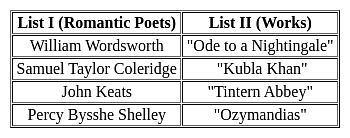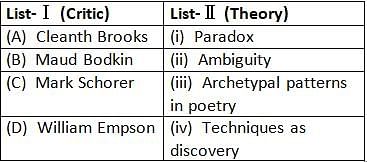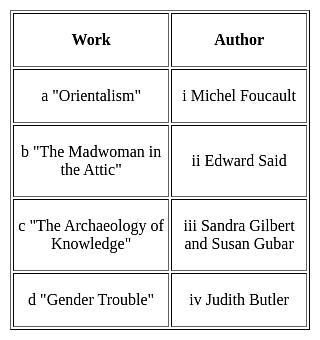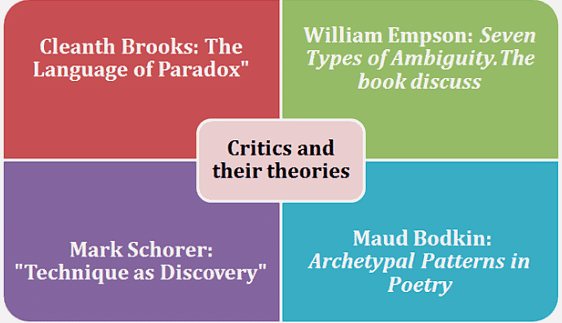Kerala SET Paper 2 Mock Test - 1 (English) - KTET MCQ
30 Questions MCQ Test - Kerala SET Paper 2 Mock Test - 1 (English)
What is the speaker's emotional state at the beginning of the poem?
What is the significance of the "sun's occasional print" and the "brisk brief / Worry of wheels along the street outside"?
| 1 Crore+ students have signed up on EduRev. Have you? Download the App |
Find the chronological order in which the following literary journals came into being:
A. The Tatler
B. The Spectator
C. The Rambler
D. The Idler
E. The Lounger
Choose the correct answer from the options given below:
Find the chronological order in which the following literary theories came into being:
A. New Criticism
B. Structuralism
C. Post-Structuralism
D. Deconstruction
E. New Historicism
Choose the correct answer from the options given below:
Given below are two statements one is labelled as Assertion and the other one is labelled as Reason.
Assertion: In Marxism, the economic structure of society determines its political and social structures.
Reason: According to Marxist theory, the ruling class controls the means of production, and this economic dominance shapes the societal hierarchy and power dynamics.
In the light of above statements select the correct answer from the options given below
There is a play on the name of Machiavelli in the prologue to Christopher Marlowe’s
You will find the following lines in an English poem : Thou by the India Ganges ' side Shouldst rubies find '. I by the side Of Humber would complain. Which poem? Who is the poet?
Find the chronological order of birth of the following American major poets:
A. Walt Whitman
B. Emily Dickinson
C. Robert Frost
D. T.S. Eliot
E. Sylvia Plath
Choose the correct answer from the options given below:
Match the Romantic Poets with their Works:

Choose the correct answer from the options given below:
Match the items in List – I with items in List – II according to the code given below: (Paper 2 June)

Which bird was killed in ''The Rime of the Ancient Mariner''?
Given below are two statements. One is labelled as Assertion A and the other one is labelled as Reason R.
Assertion: Theatre of the Absurd rejects the traditional concept of a linear narrative.
Reason: It employs fragmented and disjointed scenes to convey a sense of chaos and meaninglessness.
In the light of the above statements, choose the most appropriate answer from the option given below :
Name the two poets who begin their famous poems with the same line : Come live with me and be my love :
The Artist Hero is a theatrical creation emphasized by ____ .
Which of the following poets belonged to the Naturalism movement?
(i) Gerard Manley Hopkins
(ii) John Clare
(iii) Thomas Hardy
(iv) Robert Frost
The right combination according to the code is:
The main theme of Achebe's novel Things Fall Apart is
Match the items in List – I with items in List – II according to the code given be





















